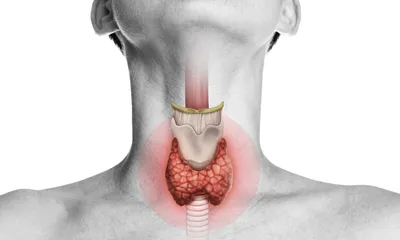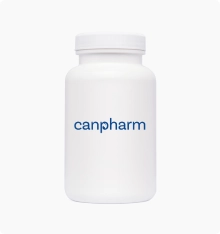Enlarged Prostate
-
Description
-
Signs & Symptoms
-
Anatomy
-
Cause
-
Diagnosis
What is an Enlarged Prostate?
The prostate is a gland that is part of the male human body’s reproductive system and adds fluid to semen while aiding with ejaculation. It is also responsible for converting testosterone into its active form, dihydrotestosterone. An enlarged prostate is when the gland grows larger, and the increase in size causes it to press against the wall of the bladder and urinary tract. Benign prostatic hyperplasia (BPH) is the clinical term for an enlarged prostate, and it is a common condition among older men.
Incremental growth of the prostate gland is normal for aging men and not always a cause for concern. However, if it becomes significantly larger, the diagnosis will be an enlarged prostate. Many men become aware of having an enlarged prostate during regular medical check-ups after the age of 40, often before experiencing symptoms.
What Causes an Enlarged Prostate?
A man’s prostate becomes larger with age due to hormonal changes. Testosterone levels naturally decline starting in a man's mid-30s, and this decrease, combined with stable estrogen levels, leads to cell growth in the prostate. Dihydrotestosterone (DHT) also plays a role. If DHT levels within the gland are abnormal, it promotes cell growth, causing the prostate to enlarge.
Enlarged Prostate Symptoms
The most common symptom of an enlarged prostate is difficulty urinating. This is caused by the enlarged prostate pressing on the bladder or squeezing the urethra. Other symptoms include:
- Frequent urination
- Urgent need to urinate
- Nocturia (frequent nighttime urination)
- Weak or unsteady urine stream
- Difficulty starting urination
- Dribbling after urination
- Feeling of incomplete bladder emptying
- Pain after urination or ejaculation
- Odd-smelling or discolored urine
Enlarged Prostate Treatment
The most conventional approach to treating an enlarged prostate is with medications like Flomax or Avodart. Flomax relaxes muscles in the prostate and bladder neck, while Avodart is a 5-alpha-reductase inhibitor that prevents the conversion of testosterone into DHT. Your doctor can recommend the best medication for your specific situation.
In more severe cases, a surgical procedure may be necessary. Possible options include:
- Transurethral needle ablation
- Transurethral microwave thermotherapy
- High-intensity focused ultrasound
- Transurethral electro vaporization
- Water-induced thermotherapy
- Prostatic stent insertion
Lifestyle changes such as reducing liquid intake before going out or to bed, avoiding caffeine and alcohol, monitoring certain medications, and doing pelvic floor exercises may also be recommended.
Signs & Symptoms
- Frequent urination
- Urgent need to urinate
- Nocturia (increased urination at night)
- Weak urine stream
- Difficulty starting urination
- Dribbling at the end of urination
- Incomplete bladder emptying
- Straining to urinate
- Urinary retention
Anatomy
- Prostate gland
- Bladder
- Urethra
- Urinary sphincters
- Pelvic floor muscles
Cause
- Aging
- Hormonal changes
- Genetic factors
- Family history
- Obesity
- Diabetes
- Heart disease
- Lifestyle factors
Diagnosis
- Digital rectal exam (DRE)
- Prostate-specific antigen (PSA) test
- Urine flow study
- Postvoid residual volume test
- Transrectal ultrasound
- Cystoscopy
- Urodynamic tests
- Blood tests
- Imaging tests (MRI, CT scan)



